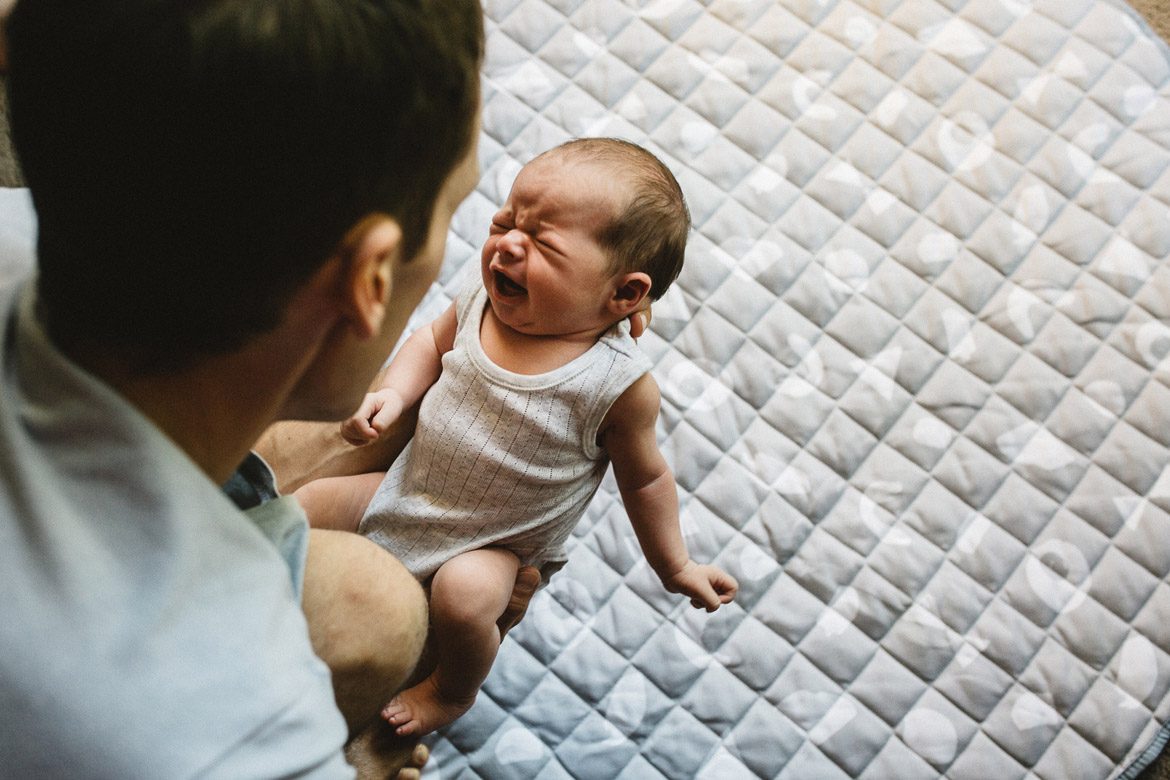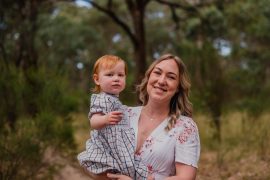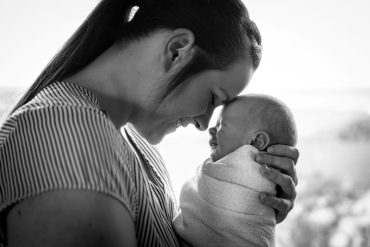By Lauren Heffernan
I will start with one of the BIGGEST LIES in the sleep world
…and the one thing that drives me crazy when speaking to families about sleep.
Me – Why don’t you tell me a bit about what is going on and why you are looking for sleep support…
Family – Well…my six-month-old baby cannot self-soothe so I really need to teach her how to do that because I need her to sleep independently. (I will write about this idea of ‘independent sleep’ at another time)
Before I continue with this post I would like to point out that I have taken several courses on self-regulation through the MEHRIT Centre with Dr. Stuart Shanker, who, as far as I am concerned, is the guru on self-regulation. So… before you get mad that I am calling into question a term that has been tossed around for years and is even used by the AAP, almost every pediatrician on the planet, and our 1980s sleep “superstars” (Dr. Marc Weissbluth and Dr. Ferber – please note that I am NOT A FAN of either one, I am using the term with sarcasm), know that I am learning from the best. I am learning from those who ONLY look at self-regulation and who have a deep understanding of this term.
What is self-soothing anyway?
Self-soothing is often used interchangeably with self-regulation but they couldn’t be more different. Self-soothing was a term created by Dr. Thomas Anders in the 1970s to mean the opposite of signalling. It was certainly never meant to be used to promote the idea that a child could calm down from a state of extreme stress (and relax), eventually falling asleep peacefully. He never intended for the term to be taken out of context to suggest that it is a skill that could be taught. If you look in any most sleep books (funnily enough a lot of them are written in the 1980s so check that date and think about the last time you referenced a book written in the 1908s) or speak to most sleep consultants (they will often times be getting this information from the outdated books), this self-soothing nonsense is referenced ALL THE TIME. This idea needs to be put to rest.
So… why can’t a baby self-soothe?
A baby has six arousal states – being asleep, drowsy, hypo-aroused, calmly focused and alert, hyperaroused, then flooded. When a baby gets to the point of being hyperaroused or flooded, they are burning a lot of energy. The only way to help them out of this state is to help them down-regulate and this involves PARENTAL CONTACT/SUPPORT. It is not something that can be done by leaving a baby/child alone. They cannot up-regulate themselves or down-regulate themselves. If a parent does not help them down-regulate in their hyperaroused state, they will go up the arousal scale, become flooded, and at this point, the baby burns so much energy that they may fall asleep – NOT BECAUSE THEY SOOTHED THEMSELVES, but because they are passing out from sheer exhaustion. “It is the brain’s last mechanism for protecting itself from severe energy depletion.” Dr. Stuart Shanker, 2016.
You may be thinking, why would leaving a baby alone at night send them into a hyper-aroused/flooded state?
We know that a baby’s hippocampus and frontal cortex are not fully formed until 18 months so the baby is not able to rationalize. We also know that their person permanence is also not fully formed until 18 months – it only starts at six months. At six months they may understand that you have walked away, which is why separation anxiety kicks in, but they do not understand where you have gone and have no concept of time to understand when you will come back. What this means is that they do not know that you will leave and come back. What is out of sight is out of mind. Talk about creating fear in a baby – this would probably be the scariest thing that could happen to a baby and this would send a baby into a hyper-aroused/flooded state. It could potentially send them into fight or flight or a freeze state.












What does supporting them to self-settle look like?